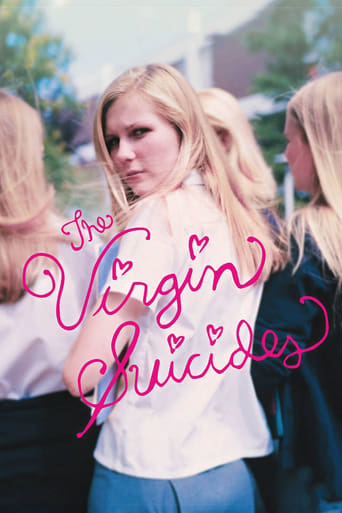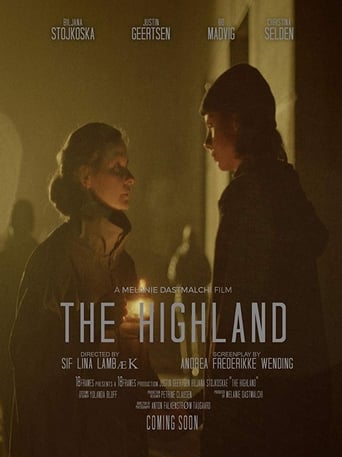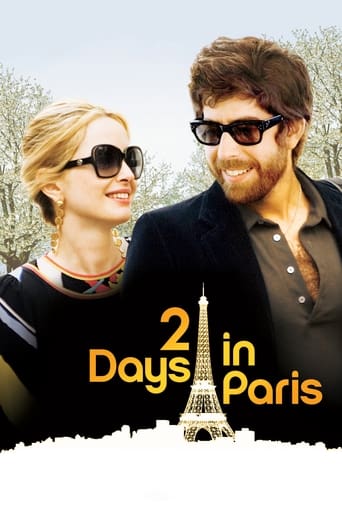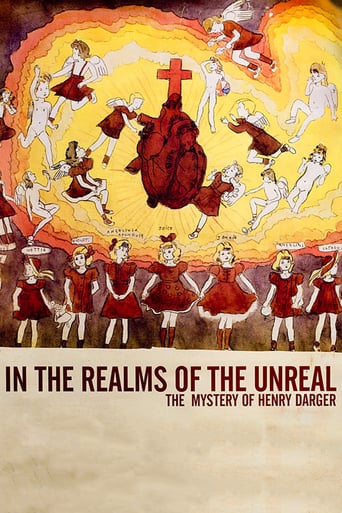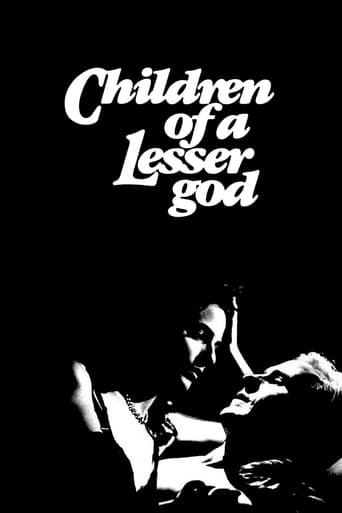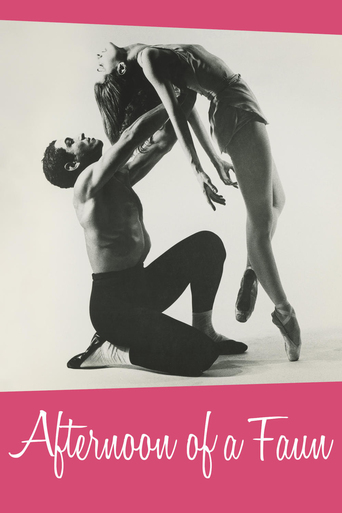

Afternoon of a Faun: Tanaquil Le Clercq (2014)
Of all the great ballerinas, Tanaquil Le Clercq may have been the most transcendent. With a body unlike any before hers, she mesmerized viewers and choreographers alike. With her elongated, race-horse physique, she became the new prototype for the great George Balanchine. Because of her extraordinary movement and unique personality on stage, she became a muse to two of the greatest choreographers in dance, George Balanchine and Jerome Robbins. She eventually married Balanchine, and Robbins created his famous version of Afternoon of a Faun for her. She had love, fame, adoration, and was the foremost dancer of her day until it suddenly all stopped. At the age of 27, she was struck down by polio and paralyzed. She never danced again. The ballet world has been haunted by her story ever since.
Watch Trailer
Cast


Similar titles
Reviews
Even those with little or no interest in ballet will be moved by "Afternoon of a Faun: Tanaquil Le Clercq," a documentary about one of the finest dancers ever to grace the stage, one who, like Lou Gehrig, was struck down by a disease of unspeakable awfulness in the prime of her life (though, unlike Gehrig, she managed to live to almost 80 despite her illness). A favorite pupil of famed choreographers, George Ballanchine and Jerome Robbins, Tanaquil, or "Tanny" to her friends. stood out from her ballerina contemporaries due to her unusual tallness and angular frame. The film chronicles her rigorous, sheltered youth, her tumultuous marriage to Ballanchine, her phenomenal success on the stage. And, then, just as she was on the top of the world professionally, tragedy - of a particularly cruel nature for a person used to making a living and perfecting her art with her body - befell her in the form of a severe case of polio, a case so severe, in fact, that she was forced to endure time in an iron lung and ultimately to spend the rest of her life in a wheelchair.Through an abundance of stills and kinescope recordings, we get to see a great deal of Tanaquil's work. These are supplemented by interviews with those who knew Tanny both on a professional level and as personal friends. Most poignant are the recitations of the letters Tanny wrote at the height of her illness, many of them from a rehabilitation center where she was receiving treatment. Her resolve and inner strength, along with her almost naïve hope for the future, pour forth in great abundance from the writings. One thing that strikes us most in Tanny's post-polio life is her determination to remain independent in the face of her disability. And, indeed, the movie ends on a high note, as we learn that Tanny spent the better part of her life imparting her priceless wisdom and insight to young dancers from her wheelchair.The movie provides an inspiring portrait of an inspiring person.
There are actually TWO spoilers in this review; one for the reviewed movie and one for the movie "Eight Men Out". This movie is probably THE definitive biography of the renowned ballerina Tanaquil Le Clercq. She was the last wife of George Balanchine; the legendary ballet master of the New York City Ballet, and was professionally active from just after WWII to one night in Copenhagen, Denmark in 1956. A very beautiful woman; her body type became the prototype of the Balanchine dancer.She married Mr. B in 1952, shortly after his marriage to Maria Tallchief ended. There was a 25 year difference in their ages. She was the prime ballerina of the NYCB. She made one mistake before leaving with the NYCB on a European tour; she did not take her polio shot. Murphy's Law took effect and a few weeks later she came down with a very severe case of polio. The doctors did not expect her to live, but she fooled everybody and did. However, she was left with a bad case of paralysis and never walked, let alone danced, again. The director of this film, Nancy Buirski, did a great job in obtaining archival footage of Le Clercq and later still photographs and even home movies of the ballerina in her later years. She also obtained recent interviews of individuals who had known Le Clercq and even danced with her. Tremendous insight into the relationship between Jerome Robbins and Le Clercq is obtained in the interviews and letters of Robbins himself. This is a fine movie and worth seeing.The only criticism I have of it is the length of time used in portraying her post illness life. She never walked again; let alone danced. She did teach and there are a few photos of her in a dance studio in her wheelchair, but I think too much time (about half the entire film) was devoted to her life afterwords. I am thinking of the movie "Eight Men Out"; which has a dreary and sad ending. The last few minutes of that movie are a classic as it shows men whose professional lives are ruined and there is no real hope of them ever getting their careers back.That movie performed a fantastic feat in showing a scene that epitomized a feeling or mood. I wish this movie had truncated most of the post polio struggle with a scene of that sort; perhaps emphasizing one interviewee who stated that Le Clercq left George Balanchine as she wanted him to have his freedom back; so he could on with his life (he had taken excellent care of her for some years after her paralysis set in-probably vainly hoping she would make more of a recovery than she did). There was no reason to continue to state the obvious; she was (like the ballplayers in Eight Men Out) at the top of her career and profession when she lost everything -like they did. Both films are tragedies; tragedies of people who made one mistake and lost more than most of us will ever have.
One of the opening scenes of this movie shows Tanaquil dancing with Jacques d'Amboise. This really captured the essence of the film for me. Graceful effortless dancing, with emotional depth in an unusual and creative setting. Thus we are led into the story of Tanaquil Le Clercq, her upbringing in Paris and New York, disappearance of her father and with a strong mother.Enter a genius father/mentor figure in George Balanchine and the future unfolds. The story is told with original photos and film footage. Personal interviews with Tanaquil's collaborators and close friends give us a 360deg picture of her development. Jacques d'Amboise, Jerome Robbins, Arthur Mitchell, Barbara Horgan and Patricia McBride gives us the inside information on an artist that embraced her craft and inspired others.We are informed of the inspiring but difficult relationship with Balanchine. One interview with Balanchine might be of interest to Canadians. The interviewer was a reporter with the CBC (smoking his trademark cigarette) who went on to be the first separatist premier of Quebec - Rene Levesque! When Tanaquil comes down with polio, it is a bitter pill, considering her earlier performance at a polio benefit. This really heightens the sense of tragedy that seems to go part and parcel with great artistic achievement. However, she was not defeated and continued to lead a meaningful and vibrant life.
While part of me might have wanted more gossipy details at certain points in the film, overall this is a worthy tribute. Ms. Le Clerc was already in a wheelchair when I started going to the NYC Ballet, so I never got to see her dance. The archival videos of "Tanny" in this documentary are revelatory. And there are wonderful contributions from Jacques d'Amboise and Patricia McBride as talking heads. The film reinforces what I have felt for the past 40 years: that being alive during George Balanchine's (and Jerome Robbins's and Lincoln Kirstein's) life was akin to having Mozart across town. I had SEVEN subscriptions to NYCB in the 70's and 80's, and its repertoire and dancers have made my aesthetic what it is today.






